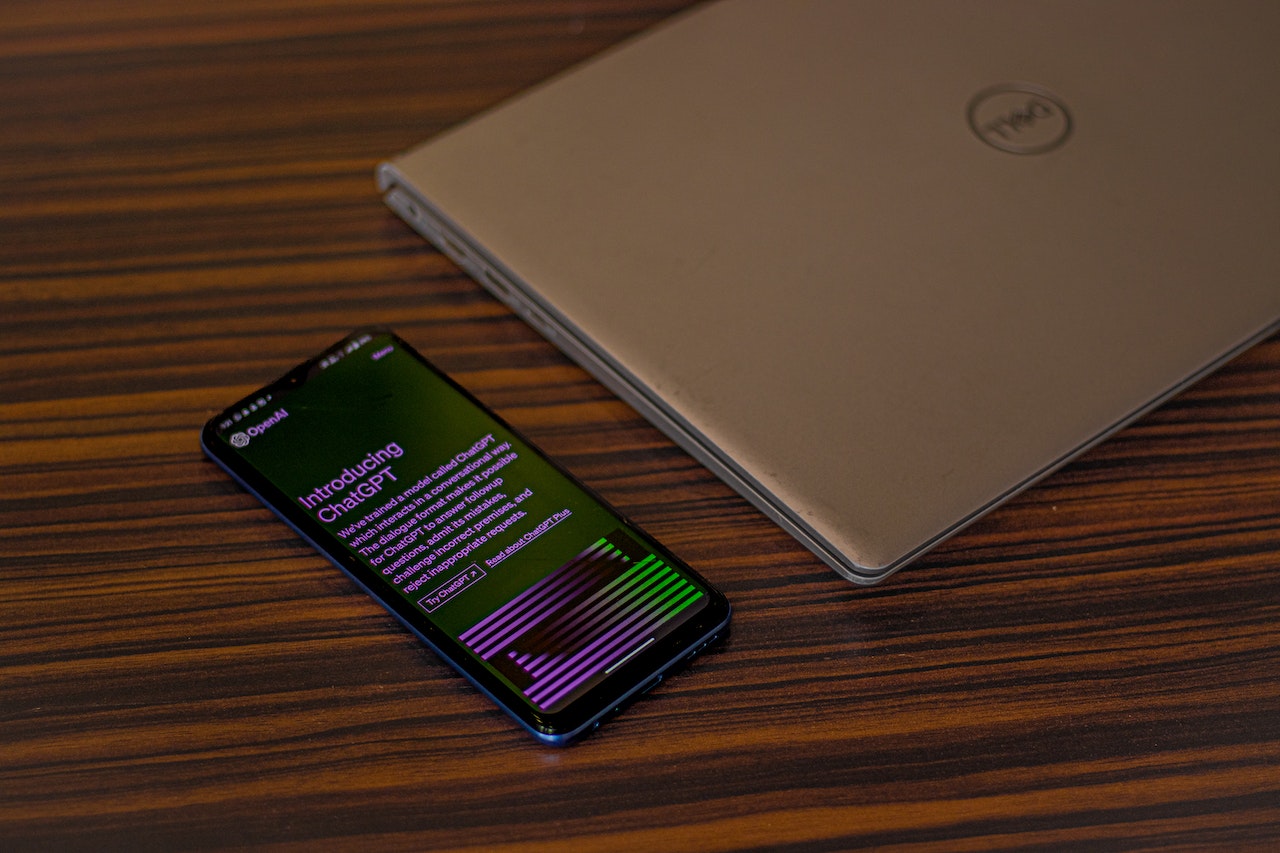Particularities you should know when working with HIPAA compliance software
September 22, 2023
Table of contents
Quick Access

Developing software for a certain industry entails adhering to regulations and parameters so that it can be utilized at a commercial level, particularly in the healthcare industry in the United States, where HIPAA statutes must be observed.
HIPAA is an acronym for the Health Insurance Portability and Accountability Act, a federal statute passed in the United States in 1996. HIPAA includes various sections, but one of its key goals is to protect people's health information privacy and security.
HIPAA compliance refers to the collection of rules and standards that healthcare organizations, health plans, healthcare providers, and their business associates must adhere to in order to maintain the confidentiality, integrity, and availability of protected health information (PHI). Any individually identifiable health information, such as medical records, billing information, and insurance details, is considered PHI.

Key HIPAA Compliance Elements
- The HIPAA Privacy Rule establishes requirements for the protection of PHI and grants people specific rights about their health information. Describes how personal health information (PHI) may be used and released, and requires organizations to get patient consent for some uses and disclosures.
- The HIPAA Security Rule specifies precise criteria for protecting electronic PHI (ePHI) created, received, maintained, or transferred by covered entities. To protect ePHI from unauthorized access, breaches, and security concerns, administrative, physical, and technical precautions must be implemented.
- Breach Notification Rule: This rule requires covered entities to notify appropriate individuals and authorities if there is a breach of unsecured PHI. The notification must be made within a specific time frame and include information about the breach and steps people can take to protect themselves.
- Compliance: The Office for Civil Rights (OCR) of the U.S. Department of Health and Human Services (HHS) demands HIPAA compliance. HIPAA violations can result in civil and criminal penalties, including fines, as well as legal ramifications for people.
- BAAs (Business Associate Agreements): Covered entities must enter into BAAs with their business associates who have access to PHI, including as third-party vendors and contractors. These agreements spell out the business associate's responsibilities when it comes to protecting PHI.

HIPAA compliance parameters to evaluate a software solution
A complete review of the software's security features, rules, and procedures is required to determine whether a software solution is HIPAA compliant. To assess a software solution's HIPAA compliance, you should do the following steps:
Examine the supplier's documentation
Begin by visiting the software vendor's website or contacting their sales or support staff to request HIPAA compliance paperwork. On their websites, reputable suppliers frequently disclose information regarding their HIPAA compliance status.
HIPAA Compliance Declaration
Examine the software vendor's HIPAA compliance statement or policy for clarity and completeness. This statement should describe your dedication to HIPAA compliance.
BAA (Business Associate Agreement)
Inquire with the software provider about signing a Business Associate Agreement (BAA). A BAA is a legally enforceable contract that specifies the provider's responsibility for handling protected health information (PHI). When a software supplier has access to PHI, it is necessary.
Encryption of data
Check that the program employs robust encryption methods to secure data, particularly when the data is in transit (for example, during Internet transfer) and when it is stored on its servers. Consider using SSL/TLS for data transmission and encryption at rest for data storage.

Controls for access
Check if the software has strict access constraints. It should let you to set up user permissions, role-based access controls (RBAC), and authentication measures (such as multi-factor authentication) to limit PHI access to just authorized users.
Audit and tracking routes
Check to see if the software supports logging and audit trails. You must record and track user activity, such as who accessed the system, what they did, and when. Audit logs are vital for monitoring compliance and investigating incidents.
For healthcare firms to protect patient privacy and avoid legal ramifications, HIPAA compliance is critical. Failure to comply can result in severe fines and reputational harm to an organization. As a result, healthcare providers and their partners invest in strong policies, procedures, and technologies to ensure HIPAA compliance.
We recommend you on video
Related Blogs


The role of financial technology in SME banking
.jpeg)
Rootstack successfully celebrated its first annual event in the company of our partners

How to choose the right AWS company for your cloud computing needs
Choosing Between Vue.js and React: Factors to Consider
